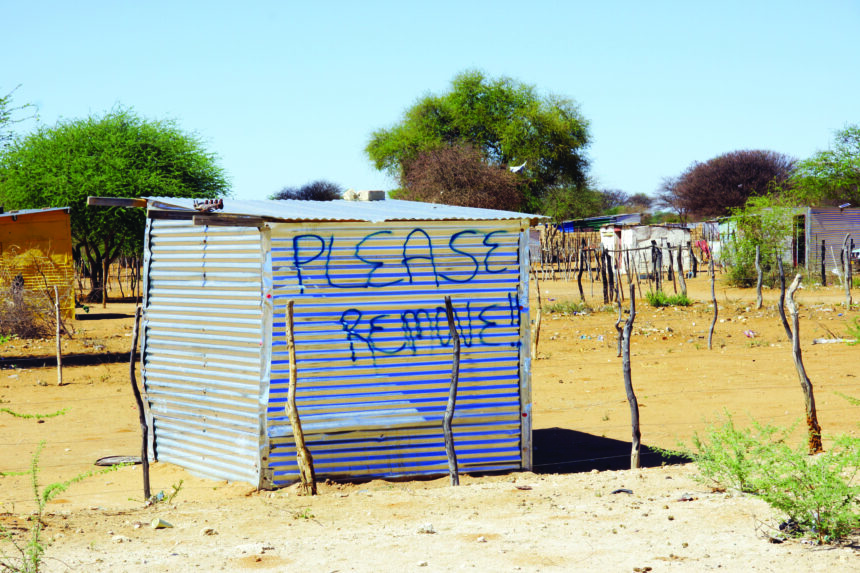About 30% of Namibian households do not have rights to the land on which their houses are built, the 2023 Population and Housing Census Main Report shows.
Land rights refer to ownership of the piece of land on which one’s dwelling is built. Rights to land equally give one the legal privilege to own, use and control a specific piece of land for personal sustenance.
This census report covered a total of 756 339 private households [conventional households] countrywide, which indicates an increase from 49.3% in households recorded in urban areas in 2011 to 54.8% in 2023.
Of the recorded 756 339 households, more than 62.6% of the homeowners have rights on the land on which their dwellings are built.
Rural households, which account for 69.7% of the total households, had more land rights than urban households, whose land ownership is at 56.7%.
Further breakdowns show that households in the Omusati region have the highest proportion of land rights’ ownership at 80.1%, while the //Kharas region has the lowest rate of land ownership at 44.0%.
No rights
On the flipside, more than 40% of households in the Khomas, Hardap and //Kharas regions do not entirely own or have rights to the land on which their houses are built, the latest statistics indicate.
On the types of land ownership, most households which were recorded countrywide had customary land rights [registered], and the same trend was observed in urban and rural areas as well as at regional level, except for Kavango West, which has unregistered customary land rights.
The legal framework governing land rights is a relatively nascent set of laws focused on the government’s land reform objectives, and which in many cases recognises the authority of some principles of customary law.
More than 45% of Namibia’s land is privately-owned. Owners of the freehold land have rights to hold the land in perpetuity, and to use, transfer and dispose of that land.
Prior to independence, all commercial farming land in Namibia was held in freehold, and the rights to most of this land remains in freehold ownership to this day.
Tenure in urban areas is varied, which has seen local authorities or the State owning much of the townlands, while private individuals, businesses and institutions have secure ownership of properties they bought. Residents in informal settlements, however, have no security of tenure.
Tenure systems
Three types of formal land tenure systems are applicable in Namibia – freehold ownership, customary and leasehold.
Freehold ownership is often subject to approval of central government or the local authority in that area. But the rights to the land are normally secure, and can be inherited, bought and sold on the open market.
Meanwhile, customary tenure is only applicable to traditional rights that have been registered, as opposed to surveyed parcels of land in communal areas. The formal registration of these rights began with the promulgation of the Communal Land Reform Act. Tenure over large areas of communal land is, however, insecure.
Other than private lease agreements between a lessee and lessor, most leaseholds apply to parcels of communal land used for commercial purposes.
They also comprise large farms in communal areas that are de facto owned by private individuals, often together with relatives. The government has offered or awarded leaseholds to some of these farms, but tenure is not registered for most of them yet.
Presently, these farms may not be inherited, which limits their investment value, and they may not be traded, although there is a growing informal market for this in communal areas.
-ohembapu@nepc.com.na


